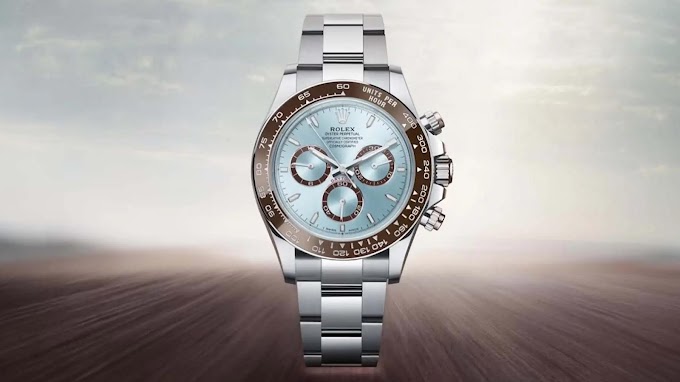Patek Philippe’s Calatrava Haute Joaillerie Ref. 4895R introduced in 2014 combined the graceful contours of the Calatrava legacy with exquisite diamonds. In an inimitable style, it united the craftsmanship of watchmakers and case makers with the creativity of the Patek Philippe design department and the artistry of the manufacture’s jewelers.
The stage for the rich diamond-set wreath of the timepiece is an 18K rose gold case modeled after the classic round Calatrava style that dates back to 1932 when Patek Philippe first introduced this graceful design. The 162 baguette diamonds (~5.62 ct.) are draped around the dial in up to five rows and have flared ends over the strap. All the stones in the baguette rows are closed-set, creating a lovely contrast between the warm rose gold hue of the bezels and the white gleam of the diamonds.
This type of setting imposes considerable challenges on the selection of the diamonds which first of all have to be internally flawless and sparkle in Top Wesselton fine white. Additionally, they need to be perfect in size, form, and cut to create a sublime ensemble with 162 individual baguette diamonds. Somewhat less time is required to identify the 20 baguette diamonds (~0.72 ct.) that are set in the classic 18K rose gold prong buckle. It secures a very fine shiny alligator strap with large square scales in a shade of black that perfectly matches the color of the dial.
Before the precious stones can be paired with their closed settings, the lapidary must refer to accurately dimensioned sketches and cut every single baguette to the shape that corresponds to its position in the matrix, and that assures a seamless fit relative to the adjacent diamonds. This illustrates that the value of an haute joaillerie watch is linked not merely to the price of the gems but just as importantly to the work of the designers, the gemologist, the lapidary, and the gem setters who spend intensive weeks perfecting the creations that will ultimately display their full splendor on the wrists of their elated owners.
The dial’s black color contrasts against the gleaming fine white of the diamonds and the opulent warmth of rose gold. This intense black is created by consecutively applying twelve coats of lacquer, and each coat must be absolutely immaculate. Even the slightest dust particle trapped in one of these many coats would ruin the dial, so clean-room conditions are essential. Additionally, every coat must first harden completely and be scrupulously inspected for cavities before the following coat can be applied.
At Patek Philippe, no effort is spared to turn dials, hour markers, and hands into small but impeccable works of art. Indeed, the completion of the dial of the Calatrava alone involves more work than the overall production of many a timepiece.
Aside from all the meticulous effort invested in cases, precious stone settings, and dials, Patek Philippe’s manually wound mechanical caliber 215 movement powers the hands of the watch. It is a legendary movement that has been permanently refined since it was launched more than forty years ago and can be admired through the display back of the new ladies’ Calatrava. Its elegantly curved train bridge, the barrel bridge, the straight balance cock, and the independent escape wheel bridge are decorated with Geneva striping and feature glistening round-chamfered, mirror-polished edges.








